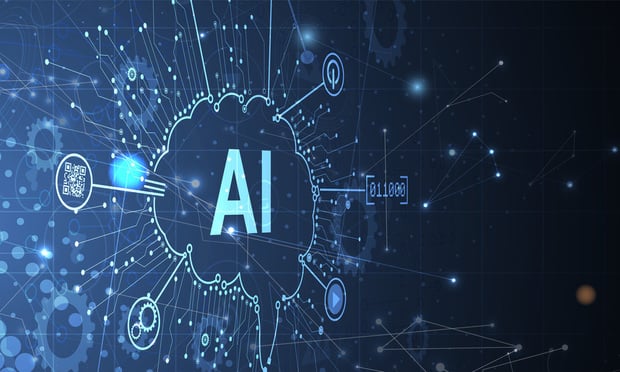Law.com Subscribers SAVE 30%
Call 855-808-4530 or email [email protected] to receive your discount on a new subscription.
The Constitutionality of Using Cell-Site Simulators
According to the Department of Justice Policy Guidance: Use of Cell-Site Simulator Technology (Sept. 3, 2015), a cell-site simulator “function[s] by transmitting as a cell-site tower” as a means of remotely acquiring the “identifying information from cellular devices,” though not, according to the Guidelines, “emails, texts, contact lists, images or any other data from the phone.” The government appears to closely guard any information it derives from the use of this device. In fact, it issued a memorandum agreement in 2013 stipulated to dismiss cases rather than disclose use of a cell-site simulator. As discussed below, the accuracy of the Guidelines with respect to the scope and type of data a cell-site simulator can cull were also called into question in a dissenting opinion by the chief judge of federal appeals court. To that end, in 2016, a Freedom of Information Act (FOIA) request showed that the Virginia State Police used a cell-site simulator to capture not only GPS location and metadata, but also voice communication.
Proponents of cell-site simulators argue that the devices can, among other uses, investigate crimes, apprehend suspects, rescue crime victims, and assist citizens in distress. Many are unconvinced that these uses outweigh alleged privacy concerns. The optimism about cell-site simulators is not universally shared. For instance, the American Civil Liberties Union and its at state affiliates have sued state and federal governmental entities for information on how each are deploying cell-site simulators. Likely in partial response to these questions and the budding controversy, the U.S. Department of Justice (DOJ) announced in September 2015 that it would ordinarily seek a warrant, plus an order under the federal pen-register statute, 18 U.S.C §3123, prior to employing a cell-site simulator. At the same time, the DOJ has not conceded this is a constitutionally required protocol and the Guidelines are not binding upon state law enforcement officials.
This premium content is locked for Entertainment Law & Finance subscribers only
ENJOY UNLIMITED ACCESS TO THE SINGLE SOURCE OF OBJECTIVE LEGAL ANALYSIS, PRACTICAL INSIGHTS, AND NEWS IN ENTERTAINMENT LAW.
- Stay current on the latest information, rulings, regulations, and trends
- Includes practical, must-have information on copyrights, royalties, AI, and more
- Tap into expert guidance from top entertainment lawyers and experts
Already a have an account? Sign In Now Log In Now
For enterprise-wide or corporate acess, please contact Customer Service at [email protected] or 877-256-2473

New York's Latest Cybersecurity Commitment
On Aug. 9, 2023, Gov. Kathy Hochul introduced New York's inaugural comprehensive cybersecurity strategy. In sum, the plan aims to update government networks, bolster county-level digital defenses, and regulate critical infrastructure.

Law Firms are Reducing Redundant Real Estate by Bringing Support Services Back to the Office
A trend analysis of the benefits and challenges of bringing back administrative, word processing and billing services to law offices.

How AI Has Affected PR
When we consider how the use of AI affects legal PR and communications, we have to look at it as an industrywide global phenomenon. A recent online conference provided an overview of the latest AI trends in public relations, and specifically, the impact of AI on communications. Here are some of the key points and takeaways from several of the speakers, who provided current best practices, tips, concerns and case studies.

The DOJ's Corporate Enforcement Policy: One Year Later
The DOJ's Criminal Division issued three declinations since the issuance of the revised CEP a year ago. Review of these cases gives insight into DOJ's implementation of the new policy in practice.


